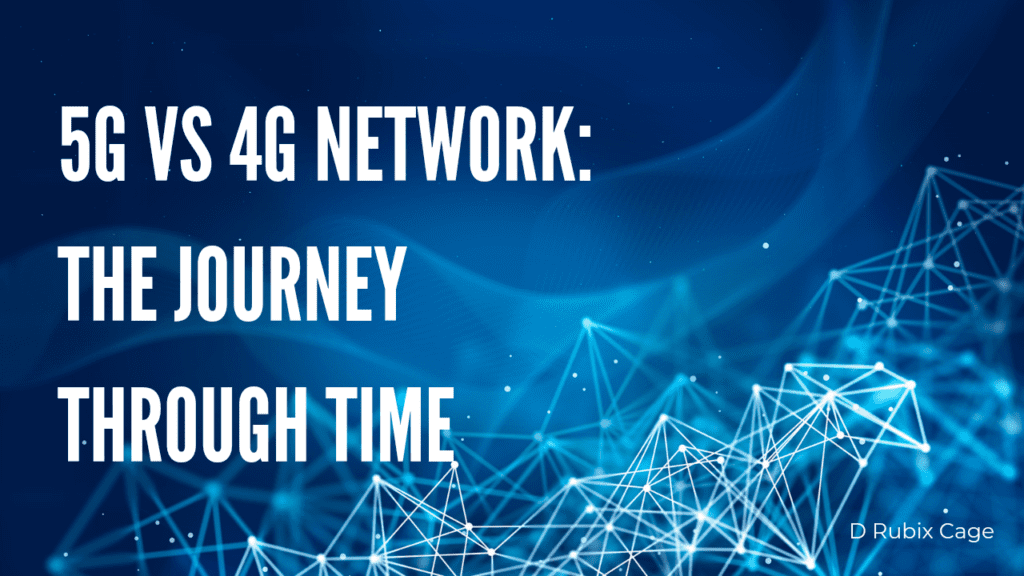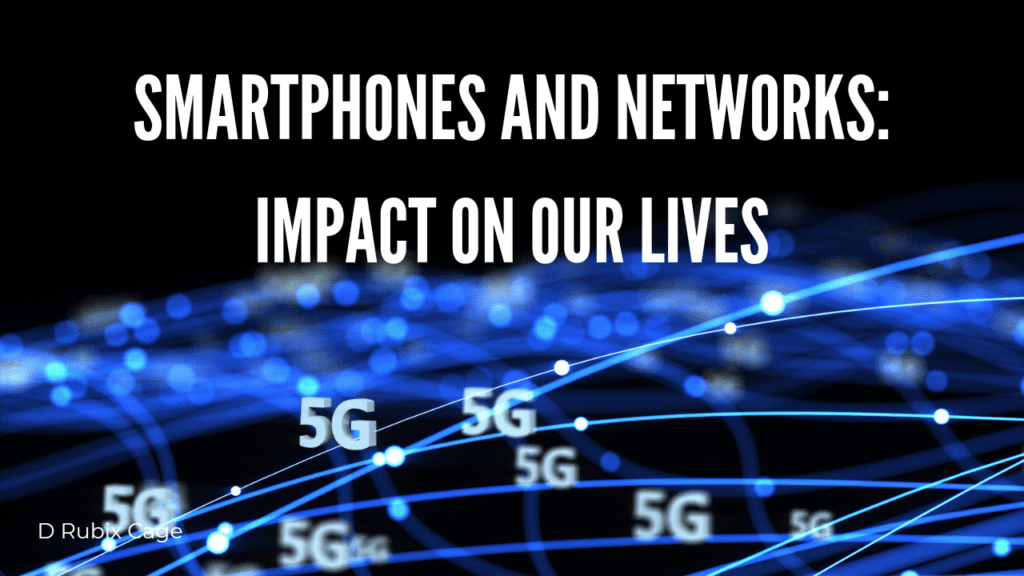
In today’s world, technology is an essential part of our lives and the way we communicate, live, and work has all been revolutionized by technology. The development of technology has altered the way we live our lives and given us access to the entire world at our fingertips. The field of telecommunications is one of the significant areas where technology has had an impact. From the earliest 2G to the most recent 5G, we will discuss the various technology generations in this blog.
History to latest updates
1G – First Generation
The term “1G” refers to the first generation of mobile networks, which were designed to provide basic voice calling services. In the early 1980s, 1G networks were introduced in different parts of the world using various FDMA-based analog technologies like AMPS, NMT, TACS, J-TACS, and C-Netz.
First-generation (1G) cellular technologies include AMPS (Advanced Mobile Phone System), NMT (Nordisk MobilTelefoni or Nordic Mobile Telephone), TACS (Total Access Communications System), and C-Netz (Funktelefonnetz-C or Radio Telephone Network C). AMPS was predominantly utilized in the United States and several Asian nations, whilst NMT was used in the Nordic/Scandinavian region, TACS in the United Kingdom, and C-Netz in Germany.
The 1G network was limited in its ability to provide phone services, and data transfer was not available. 2G includes the capacity to send SMS messages, while 3G can transport data across a mobile network, allowing for the continued development of 5G network technology. 4G enhanced data transmission speeds even more, while 5G is projected to revolutionize mobile communications by providing considerably faster data speeds, higher capacity, and more dependable connections.
Furthermore, 5G will enable connected devices like smartphones, tablets, laptops, wearables, home appliances, and self-driving cars to easily interact with one another. This will lead to an Internet of Things (IoT) in which all of these gadgets may interact without the need for human interference.
2G – Second Generation
In the early 1990 2G or the second generation of mobile networks, was launched. It enabled users to make voice calls from their mobile phones. The 2G networks were based on the Global System for Mobile (GSM) communication standard, which provided a secure and efficient way of transmitting voice calls and text messages. Each generation of technology has improved on the previous one in terms of speed, capacity, and dependability.
2G networks enabled the transmission of phone conversations and text messages, as well as data transfers like web browsing. 2G was also the first wireless technology generation to be utilized for both business and consumer purposes. This allowed more broad internet use, opening the way for more complex mobile services.
2G networks also significantly improved battery life and signal quality. They provided faster transmission speeds than 1G networks and could handle up to 32kb/s, however, this was not widely adopted until later generations.
The second generation of mobile networks uses two new access technologies, TDMA (Time Division Multiple Access) and CDMA (Code Division Multiple Access). Access technologies are components of the mobile radio network that allow a mobile phone to connect to the network wirelessly using radio waves. The first GSM and D-AMPS networks were circuit-switched and were not designed to deliver effective data services.
3G – Third Generation
In the early 2000s, The third generation (3G) of mobile technology was Introduced which brought with it even faster data speeds and greater network coverage. 3G networks allowed users to access the internet and stream audio and video content with relative ease. With its increased bandwidth and faster transmission rates, 3G was the first to bring capabilities like video calling and mobile broadband.
3G networks allow the introduction of mobile broadband, allowing users to connect to the internet with their mobile devices. The 3G standard uses a new technology known as UMTS as its main network architecture – Universal Mobile Telecommunications System. Users could now browse the web, check their email, and access social media while on the go, opening up a whole new world of possibilities. 3G networks also permitted the development of mobile multimedia services such as video calls, which expanded the personal and interactive aspects of communication.
Even while 3G networks may appear slow in comparison to 4G and 5G networks, they still provide amazing data speeds. Users may generally expect download speeds of up to 7.2 Mbps and upload rates of up to 5.76 Mbps on a typical 3G network.
4g – fourth Generation
4G is the fourth generation of mobile telecommunications technology and is the successor to 3G. The fourth generation of mobile technology, 4G, was introduced in the late 2000s and brought with it a significant increase in speed and capacity… Its purpose is to provide high speed, high capacity, and high quality to users while improving security and lowering the cost of voice and data services, multimedia and internet over IP. This allowed users to access the internet and stream video content on mobile devices with ease.
4G networks are built using a technology called Long Term Evolution (LTE). The Third Generation Partnership Project developed the standard known as LTE (3GPP). It is a high-speed, low-latency wireless broadband technology that offers both voice and data services. Although LTE is the most extensively used 4G technology, other 4G technologies, such as WiMAX and HSPA+, are also available (High-Speed Packet Access).
Although 4G offers outstanding speed and versatility, it does not meet all of the needs of modern digital devices. As a result, the 5G network is taking over this industry and giving upgraded versions of 4G technology.
5G – The fifth generation
The new radio access technology, also known as New Radio, will be used by mobile networks of the fifth generation (5G) (NR). The NR technology is more effective and secure than its predecessors since it is based on Orthogonal Frequency Division Multiple Access (OFDMA).
Coding techniques for 5G networks provide added security and noise reduction. This is done through the use of enhanced channel coding, dynamic scheduling, and beamforming. In this technique, Advanced channel coding uses error correction algorithms to detect and correct errors, while dynamic scheduling optimizes the network capacity. By directing the signal to the receiver, beamforming minimizes noise and enhances signal range. We have a separate post on Android os where you gain deep knowledge about the android world.
5G New Radio (NR) technology, like LTE, is based on Orthogonal Frequency Division Multiple Access (OFDMA). It differs from previous generations of mobile networks in that it can support a wide range of use cases by utilizing its inherent flexibility. It is also capable of operating in a variety of frequency ranges, including high and low frequencies.
Furthermore, 5G networks will be capable of supporting up to 10 million devices per square kilometer, as compared to 4G networks. In conclusion 5G mobile will provide greater flexibility and more features with faster reaction times than 4G mobile.
Smartphones and networks: Impact on our lives

As time goes on, mobile technology will play a significant part in our lives. Advances in mobile networks and smartphone technology have allowed us to stay connected and interact with one another regardless of where we are. Mobile technology’s future is promising, and we may expect even more inventive and creative solutions in the next years.
The evolution of mobile technology through the generations of 1G, 2G, 3G, 4G, and now 5G has been nothing less than amazing. From the introduction of mobile voice conversations and text messaging to the rise of mobile data and superfast connection, technological advancements in smartphones and networks have allowed us to stay connected and interact with one another in novel and fascinating ways.
Conclusion
The advancement of mobile technology has been amazing, from 2G to 5G. Each generation has offered new opportunities and innovations that have changed our interactions with technology and the world around us. With the introduction of 5G, the future of mobile communication appears brighter than ever.
